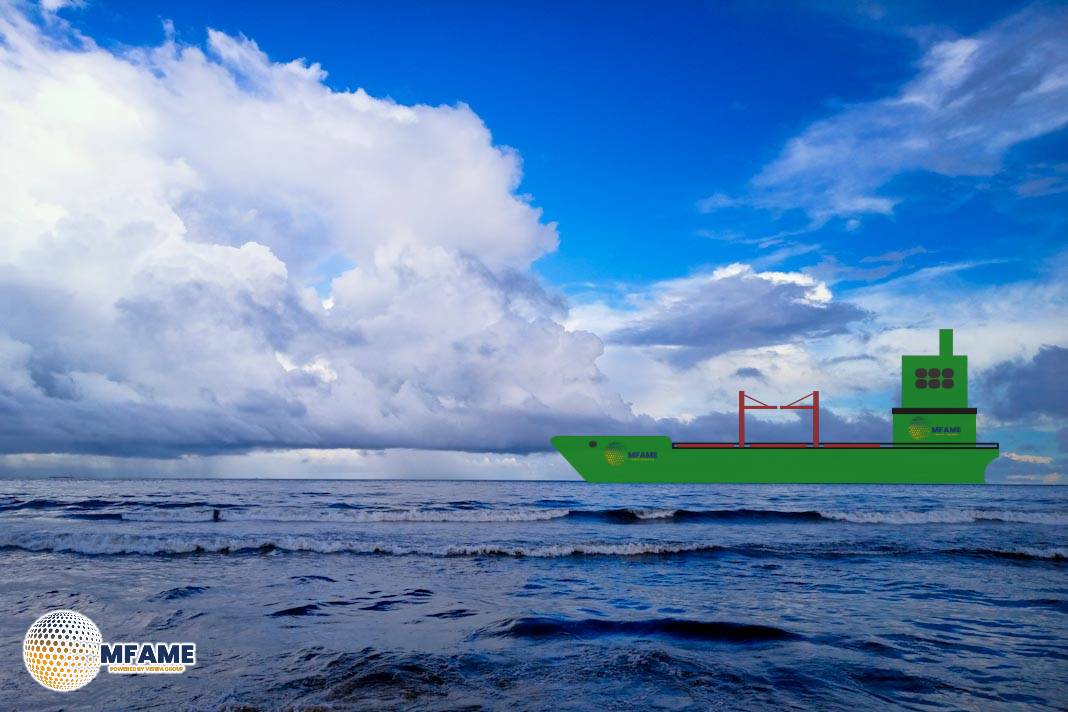- The Arctic is warming four times faster than the global average, leading to increased vessel traffic, particularly along the Northern Sea Route. However, some regions, like Eastern Greenland, remain at high risk due to challenging ice conditions.
- The Protection of the Arctic Marine Environment (PAME) is reviewing POLARIS to improve its ability to assess ship capabilities and safety risks in polar waters, integrating multiple data sources for better tracking accuracy.
- Key concerns include black carbon emissions, underwater noise, and insufficient search and rescue (SAR) infrastructure in remote areas. Experts advocate for stricter environmental regulations and expanded provisions in the Polar Code.
In January 2025, the International Maritime Organization (IMO) and Norway’s Arctic Council Chairship co-hosted the Polar Maritime Seminar in London, bringing together over 200 experts, policymakers, and industry leaders to discuss the future of polar shipping, reports High North News.
Evolving Trends in Polar Shipping
The seminar highlighted significant shifts in Arctic shipping due to accelerated ice loss, with the region warming four times faster than the global average. While this has led to increased shipping activity, the Northern Sea Route remains the most accessible. Notably, 2024 marked the first year without major ice choke points in the Northwest Passage. Despite rising vessel traffic, advanced risk assessments like the Polar Operational Limit Assessment Risk Indexing System (POLARIS) indicate a decline in high-risk operations. However, areas such as Russia and Eastern Greenland continue to pose high risks due to challenging ice conditions and regulatory inconsistencies.
In contrast, Antarctic shipping is governed by stringent regulations under the Antarctic Treaty System, including a long-standing ban on heavy fuel oil. Despite rapid sea ice decline, shipping patterns have remained relatively stable, with the fleet primarily comprising fishing vessels, cruise ships, and government icebreakers. The expansion of the cruise industry towards smaller expedition vessels and concerns over illegal fishing were also discussed.
POLARIS System Review
The Protection of the Arctic Marine Environment (PAME) Working Group has initiated a review of POLARIS, aiming to enhance its effectiveness in assessing ship capabilities and limitations in polar waters. Originally developed as interim guidance in 2016, this review seeks to integrate multiple data sources for improved tracking accuracy and safety risk assessment.
Safety and Environmental Concerns
The seminar addressed the need for improved search and rescue (SAR) infrastructure in remote polar regions, emphasizing collaboration between operators, coastal states, and international organizations. Environmental concerns, such as black carbon emissions, underwater noise pollution, and plastic waste, were also prominent topics. Participants advocated for stricter environmental regulations and expanded provisions in the Polar Code to mitigate these impacts.
Collaborative Efforts for Sustainable Shipping
The event underscored the importance of international cooperation to balance the opportunities presented by increased polar shipping with the responsibility to protect these vulnerable environments. Effective risk management, enhanced SAR capabilities, and adherence to stringent environmental standards were identified as critical components for the future of safe and sustainable polar shipping.
Did you subscribe to our daily Newsletter?
It’s Free Click here to Subscribe!
Source: High North News

















